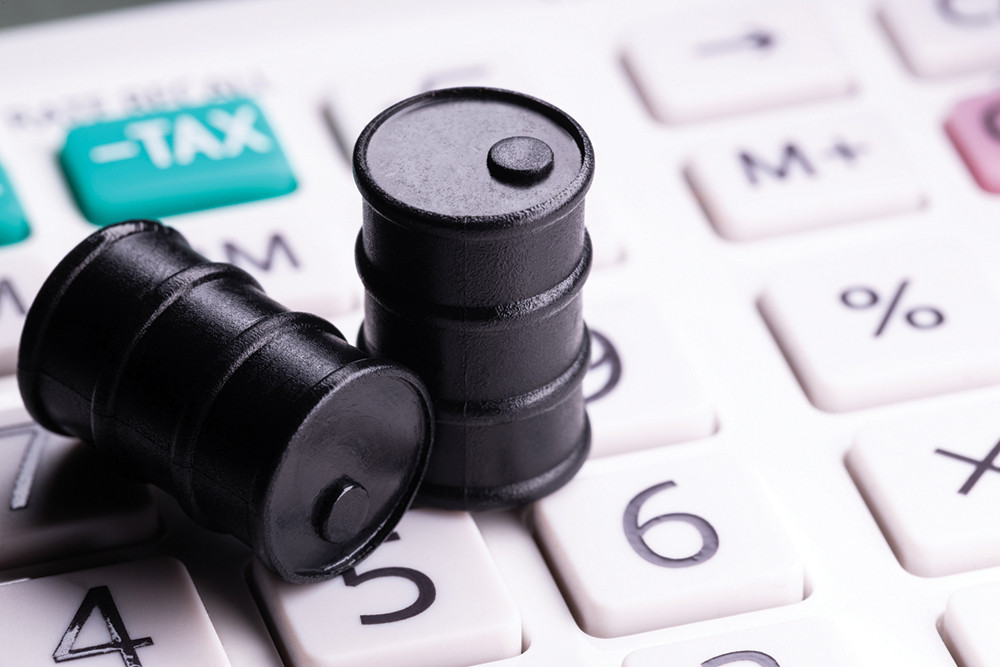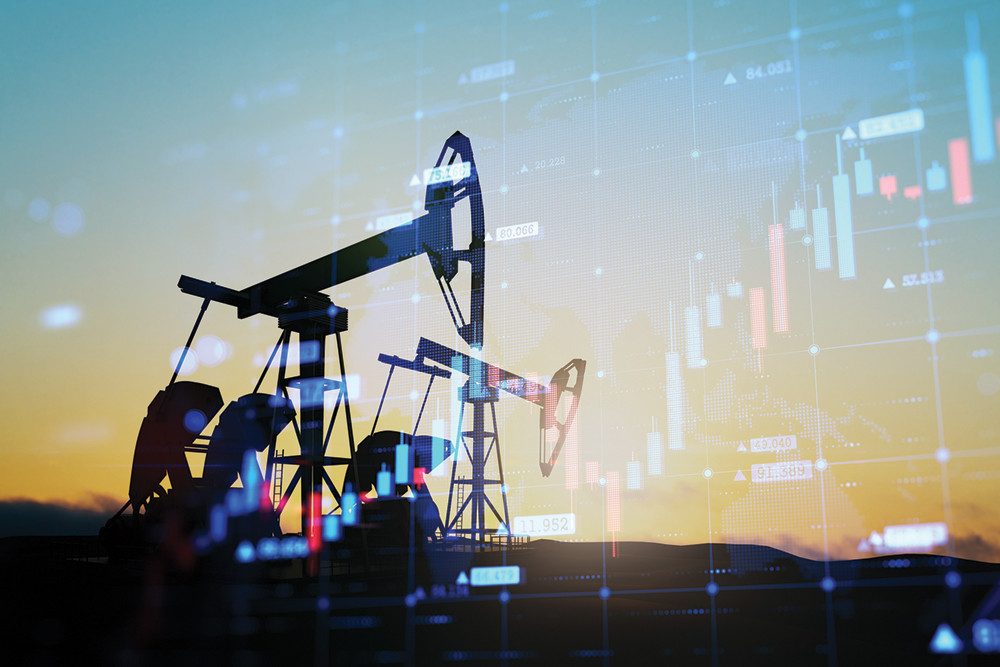
In the global financial markets, speculators and short-term traders are attracted towards an asset whose price is highly volatile. Markets with high price variance tend to stimulate the opportunities of a trader in the ensuing future. However, the volatility will be deemed as a nightmare when traders tend to pursue steady earnings through either capital appreciation or yield in asset. Although there are various categories of asset classes namely stocks, bonds, currencies where a trader can invest, the commodity market tends to have the highest volatility at most times.
Commodities have been considered the go-to asset and have attracted the interest of traders over the years but in observation, the volatilities have occurred mainly during bull market periods. For most traders, commodities have been an alternative investment but for global traders, the enhanced level of volatility often makes them the asset of choice when trading opportunities stem. Commodities are more volatile due to the following reasons.
Liquidity
The traditional asset classes for trading including equity, bond and currency often attract a massive amount of volume every day. Over the years, the buying and selling of the aforementioned assets has grown by staggering numbers. On the contrary, many commodities that trade on numerous futures exchange offer much less liquidity or trading volume. While the record shows that gold and oil are the most highly-liquid traded commodities, these markets can become highly volatile at times given the effect from endogenous and exogenous events.
Natural Effects
Nature also has a detrimental effect on markets. With the scores of natural disasters occurring around the world markets have suffered. When an earthquake hits the nation of Chile, the largest producers of copper, prices will inevitably spike in the trading hours thereafter (like it happened in February 2010). Likewise, a drought in the US will cause prices to skyrocket as crops get damaged and yield is lowered (2012). An above-par winter temperature will increase the demand for natural gas and thereby prices will incline. In 2005 and 2008, hurricanes that hit the Louisiana coast of the US damaging infrastructures of natural gas enhanced the price of the energy product to an all-time high. These are just a few examples of how acts of nature can cause notable volatility in commodity prices.
Demand & Supply
The age-old theory of the law of demand and supply is one of the major determinants of commodity prices. Most of the production of various agro-commodities occur in areas of the world where the soil or the climatic conditions support crops. On the other hand, reserves are present in the crust of the earth and extraction can occur for a relevant cost that is below the market price. Demand is ubiquitous; the demand of a particular commodity will surface from every corner of the world. Therefore, the demand and supply equation for raw materials is an important ingredient in influencing prices and making commodities one of the most volatile assets in the world.
Geopolitics
Since the reserves of commodities are prevalent in specific parts of the world, political issues - whether internal or external - often affect prices on a global scale. For example, when Iraq invaded Kuwait in 1990, crude oil prices doubled in the weeks that followed on most platforms of commodity exchanges. Also, when the US President released oil from the Strategic Petroleum Reserves (SPR), the price proceeded to half in value. In addition, wars or violence in one part of the world can close off logistical routes making it next to impossible to transport commodities from the production areas to the consumption areas. Other details including tariffs, subsidies, sanctions among others often provide alterations for a price dynamic which adds to the volatility.
Leverage
The futures market offer a high degree of leverage. A buyer or a seller in the futures market only needs to make a small down payment or good faith deposit to control a much larger financial interest in a commodity. In trading terms, it is known as a margin. The initial margins lie between 4-10% of the total contract value of a commodity. Therefore, the leverage in the commodity market given to traders is higher vis-à-vis the other asset classes.
Commodities are the most volatile asset class. However, understanding and monitoring volatility is an inevitable exercise for traders reaping huge profits in return. When a trader determines the risk versus reward profile of any asset, volatility is a statistical tool that will assist in defining the parameters of the trade.
Vivek Risal is associated with Mercantile Exchange Nepal Limited in the capacity of Manager in Research and Development Department. He can be contacted at r&[email protected]





